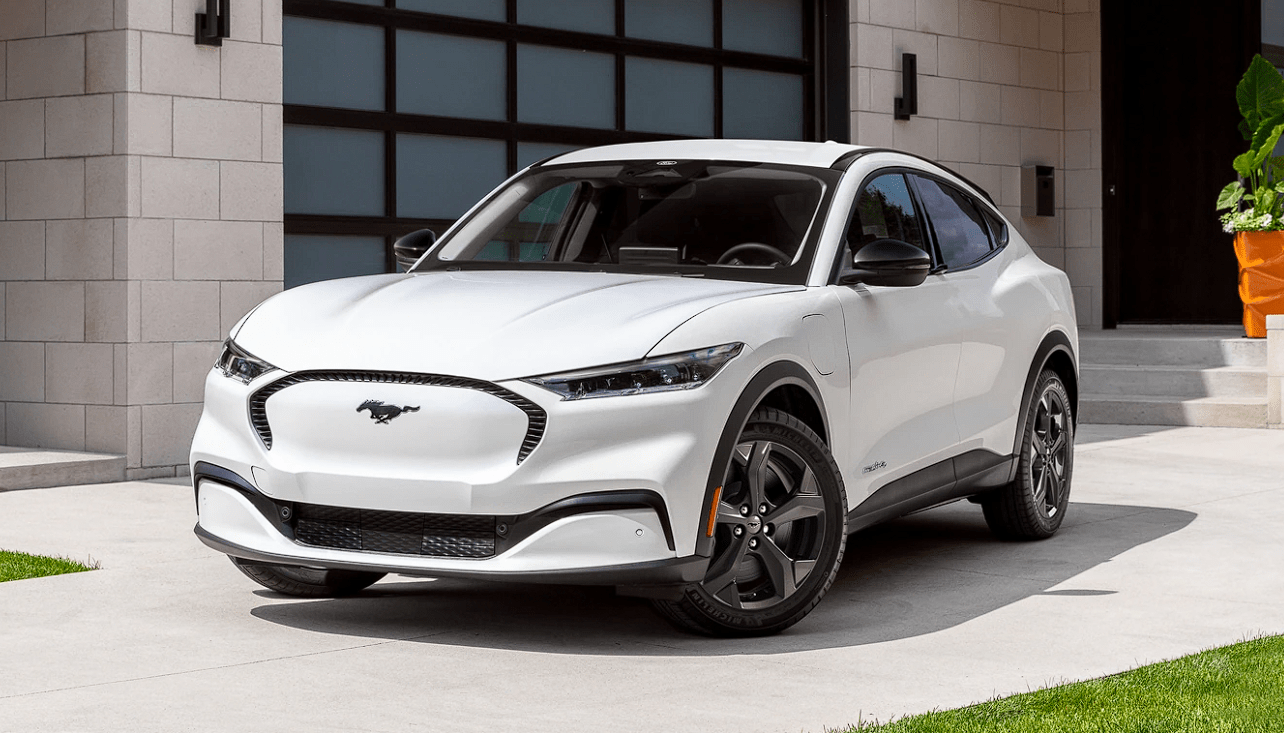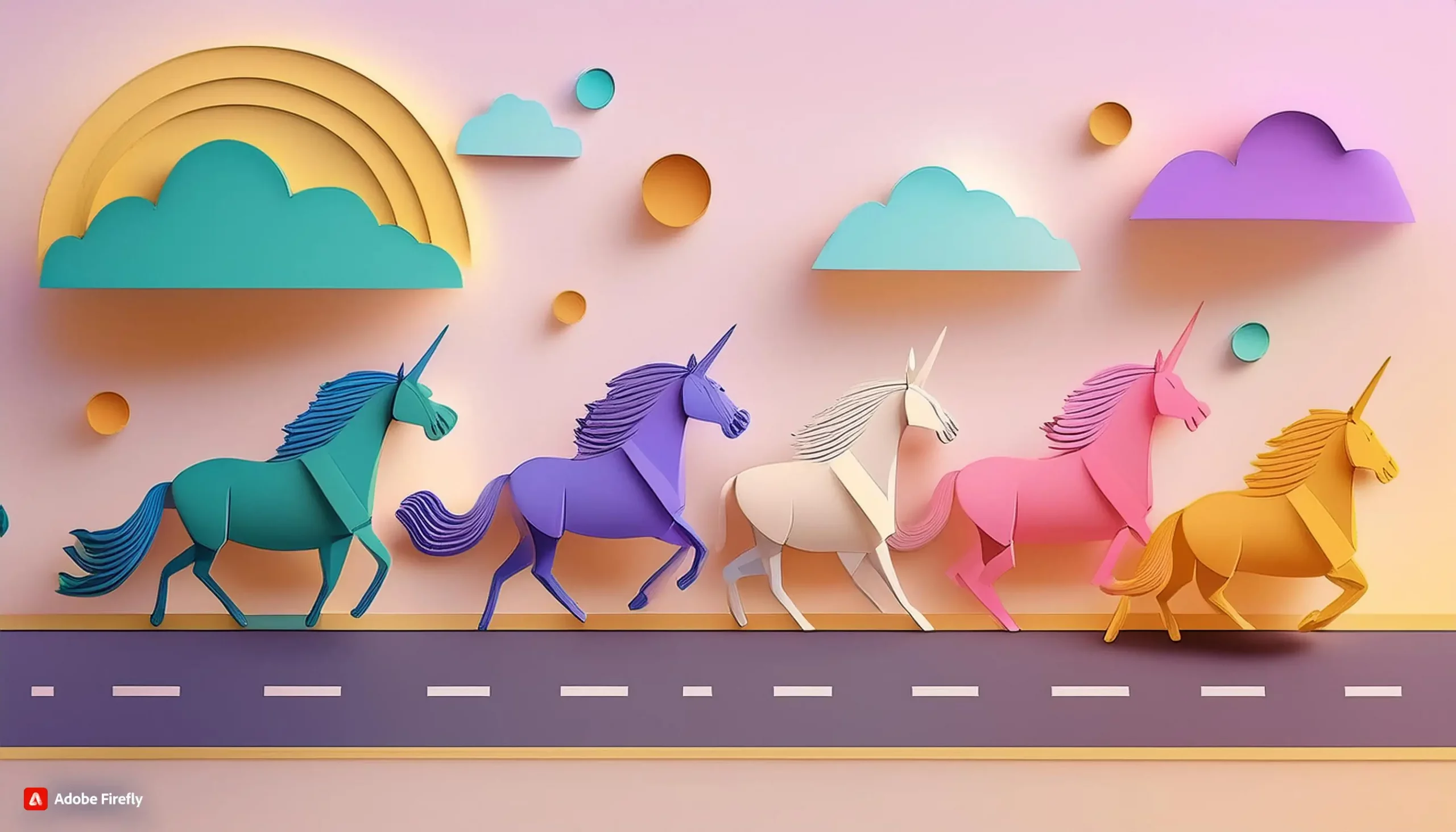Can the U.S. Meet Its Ambitious EV Goals by 2030? (PDF)
The Biden administration has challenged the auto industry with an ambitious goal to make half of all vehicles sold in the US by 2030 zero-emission vehicles. This target includes electric, plug-in hybrid, or fuel cells. While this is a difficult goal, there are signs that it can be achieved.

John Voelcker, an industry writer on EVs for Car and Driver, among others, believes that having a federal goal will accelerate the transition, even if the target is not met. He argues that with major automakers such as GM, Ford, Stellantis, Hyundai, and Volkswagen all planning to sell hundreds of thousands to millions of EVs annually by 2025, the challenge will be finding the materials to build their batteries and educating buyers on the advantages of EVs.
Paul Scott, the co-founder of Plug In America, is even more optimistic, predicting that the 2030 goal will be exceeded. He believes that Tesla’s anticipated production of 20 million EVs annually by 2030, coupled with the expected volumes from legacy manufacturers, could result in EVs comprising 70% or more of new vehicle sales by 2030.
However, others are more skeptical. According to Michael Austin, Guidehouse Insights’ senior research analyst for electric vehicles, EVs and PHEVs are expected to make up only 33% of the nationwide market by 2030, while 50% seems like a stretch. Nonetheless, on a regional level, some areas, particularly California and other zero-emission vehicles (ZEV) states, are expected to exceed the 50% target.
The solution
The federal government has allocated unprecedented support for EVs in the Inflation Reduction Act and Bipartisan Infrastructure Bill, with $100 billion set aside to aid EV adoption. This support, coupled with falling prices of battery materials, such as lithium, cobalt, and copper, could boost EV adoption rates.
The demand for EVs has been high, but not as high as expected, resulting in lower prices for EVs as manufacturers pass on the savings from cheaper battery packs. Tesla, for instance, dropped prices on its Models S, 3, X, and Y, and Ford also lowered the price of its Mustang Mach-E. As a result, the average price for an EV was down $1,000 in February from January.
While cheaper commodity prices could boost EV demand, they could also cause prices to rise in the future. To mitigate this, ambitious plans to build new lithium plants in the US and elsewhere will be crucial, particularly in developing lithium processing capacity outside of China.
One critical factor in achieving the 50% target will be the availability of a readily accessible EV charging infrastructure. The opening up of Tesla’s extensive Supercharger network to other brands is encouraging, as are the efforts of Electrify America, Chargepoint, and others to establish new charging stations.

To achieve the target, consumers must have confidence in the existence of a readily available charging infrastructure. While the transition to EVs will not be without challenges, the Biden administration’s goal, coupled with support from automakers, the federal government, and private investors, could be the tipping point needed to spur the adoption of EVs in the US.




